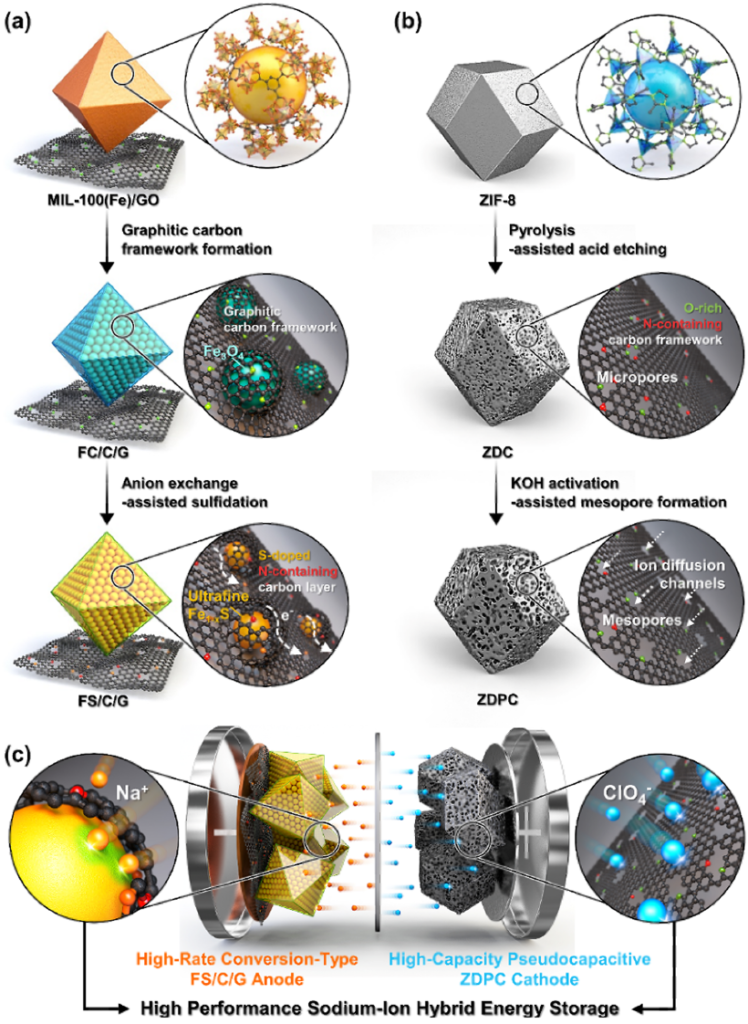The electric vehicle (EV) revolution is picking up speed, and with it, comes the demand for faster charging times. While lithium-ion batteries currently dominate the EV landscape, new research suggests sodium-ion batteries could be the key to ultra-fast charging – in seconds, not minutes!
Supercharging the Future with Sodium-Ion

The secret behind this breakthrough lies in supercapacitors. Researchers at KAIST (Korea Advanced Institute of Science and Technology) have developed: a hybrid battery that merges the rapid charge-discharge capabilities of a supercapacitor with the cost and material advantages of sodium-ion battery technology.
Supercapacitors do not require a solid dielectric layer between the two electrodes, instead they store energy by accumulating electric charge on porous electrodes filled with an electrolyte solution and separated by an insulating porous membrane
This new battery design incorporates a specially designed anode and cathode. The anode, a critical component for accepting and storing charge, is made from a conductive, low-crystalline multivalence iron sulfide embedded with sulfur (S-doped). The cathode, which releases the stored energy, utilizes a high-surface-area oxygen-doped (O-doped) cathode built on a 3D porous nitrogen-rich graphitic carbon framework.

The key innovation lies in meticulously engineering these electrodes to bridge the gap between their vastly different energy storage rates. This allows the battery to achieve a remarkable feat: combining high energy density (storing a significant amount of energy) with lightning-fast charging speeds.
Sodium’s Advantage
Beyond faster charging, sodium-ion batteries boast a significant environmental benefit. Sodium is over 500 times more abundant than lithium, a crucial factor considering the rising demand for lithium-ion batteries and the potential for ethical and environmental concerns surrounding lithium mining.
While integrating this technology into EVs might take time, the initial findings are highly promising. In future EVs will charge in seconds, not minutes. This research offers a glimpse into that future where sustainable, rapid charging becomes the norm.
Reference- Study: “Low-crystallinity conductive multivalence iron sulfide-embedded S-doped anode and high-surface-area O-doped cathode of 3D porous N-rich graphitic carbon frameworks for high-performance sodium-ion hybrid energy storages”, KAIST Press Release, Clean Technica, Interesting Engineering






